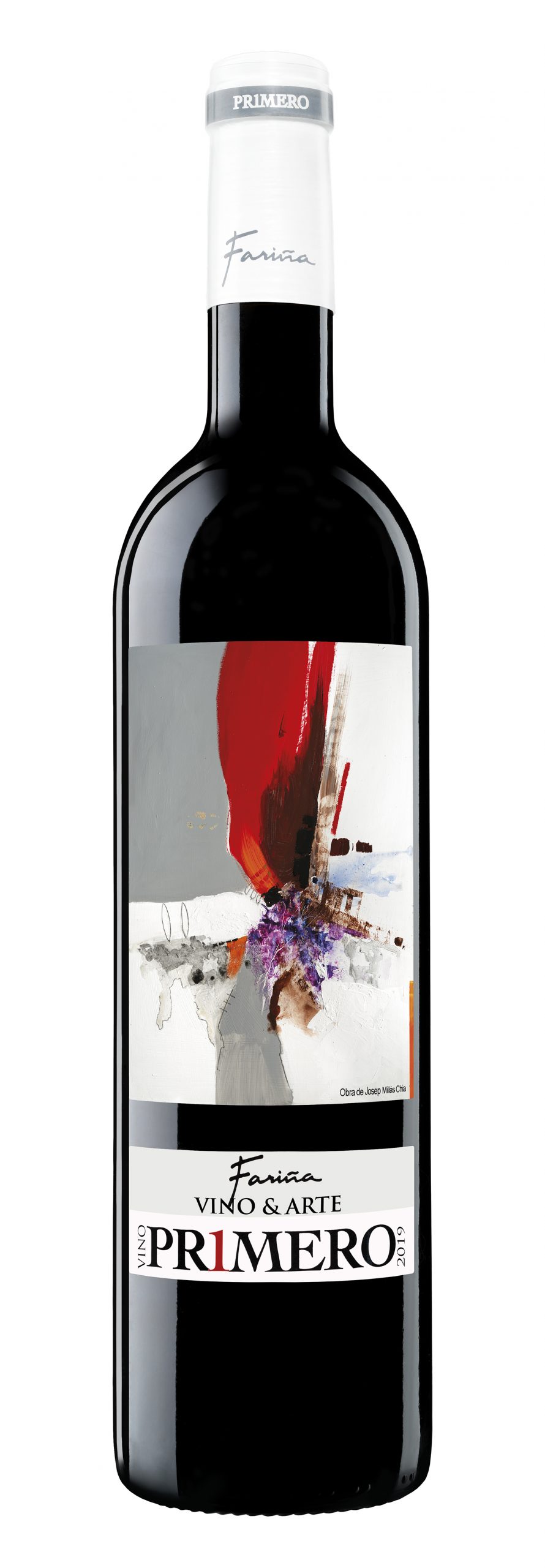| Desde hace algún tiempo, los Orange Wines (vinos naranjas), están en boca de los más avezados del mundo del vino. Esto no quiere decir que sean una novedad puesto que existen desde hace mucho tiempo. Los Orange Wines nacieron en el Cáucaso hace más de 6000 años. Por aquel entonces, el vino en Armenia y Georgia, se producía en ánforas de arcilla o terracota de 500 a 800 litros, normalmente enterradas en el suelo, lo que permitía mantener buenas temperaturas para las largas maceraciones y, además, su abertura facilitaba los trabajos manuales durante la elaboración. Curiosamente, esta maceración prolongada crea sulfitos naturales en mayor cantidad de la habitual, preservando el vino de la oxidación de manera natural. El nombre de estos vinos viene dado por su elaboración. Se trata de vinos blancos elaborados como tintos, y es ese contacto con las pieles lo que les aporta color, dándoles esas notas anaranjadas. Además de color, esa maceración y fermentación con los hollejos, aporta cierto tanino a estos vinos tan poco habituales. Estos vinos blancos poseen estructura, tanicidad y riqueza de aromas y sabores. Vinos con muy buena capacidad de envejecimiento. AUTUMNAL ORANGE For some time, the Orange Wines have been trending topic of the most experienced in the wine world. This is not to say that they are a novelty, since they have existed for a long time. The Orange Wines were born in the Caucasus more than 6000 years ago. At that time, wine in Armenia and Georgia was produced in clay or terracotta amphorae of 500 to 800 liters, normally buried in the soil, which allowed to maintain good temperatures for long macerations and, in addition, its opening facilitated manual work during the winemaking process. Interestingly, this long maceration process creates natural sulphites in greater quantity than usual preserving wine naturally from oxidation. The name of these wines is given for their winemaking. They are white wines made as reds, and it is that skin contact which gives them color towards orange notes. In addition to color, this maceration and fermentation with the skins, brings a certain tannin to these unusual wines. These white wines have structure, tannins and richness of aromas and flavors. Wines with incredibly good aging capacity. |

| SITTA MACERACIÓN Nuestro blanco macerado con sus pieles durante la fermentación adquiriendo en este proceso el color anaranjado que lo caracteriza. Sitta es un vino fresco, con acidez alta pero con la impronta de su contacto con los hollejos. Un blanco con cuerpo y agradable tanino que acompañará perfectamente los “antimaridajes”, potenciará tus quesos azules y te hará disfrutar Galicia acompañando tu empanada de maíz. It is macerated with skins during fermentation acquiring in this process the orange color that characterizes it. Sitta Maceración is a fresh wine with high acidity but with the impronta of its contact with the skins. A white with body and pleasant tannin that will perfectly accompany the «anti-pairings», will enhance your blue cheeses, and make you enjoy Galicia accompanying your our typical empanada de maíz (corn empanada). |

| SITTA DOLIOLA Como muestra de nuestra tendencia a elaborar vinos respetuosos y tradicionales nos hemos trasladado al método más ancestral. Este vino de maceración pelicular se elabora en vasijas de barro (Dolium) emulando las que se utilizaban en la antigüedad para transportar y guardar alimentos, entre los que se encontraba el vino. Esta peculiar elaboración lo convierte en un vino de perfil arriesgado y diferente a lo que se espera. Disfrútalo con guisos de marisco y pescado o con verduras a la brasa. As a sign of our tendency to produce respectful and traditional wines we have moved to the most ancient method. This skin maceration wine is made in clay pots (Dolium) emulating those used in antiquity to transport and store food, including wine. This peculiar elaboration makes it a wine with a risky profile and different from what is expected. Enjoy it with seafood and fish stew or grilled vegetables. |




